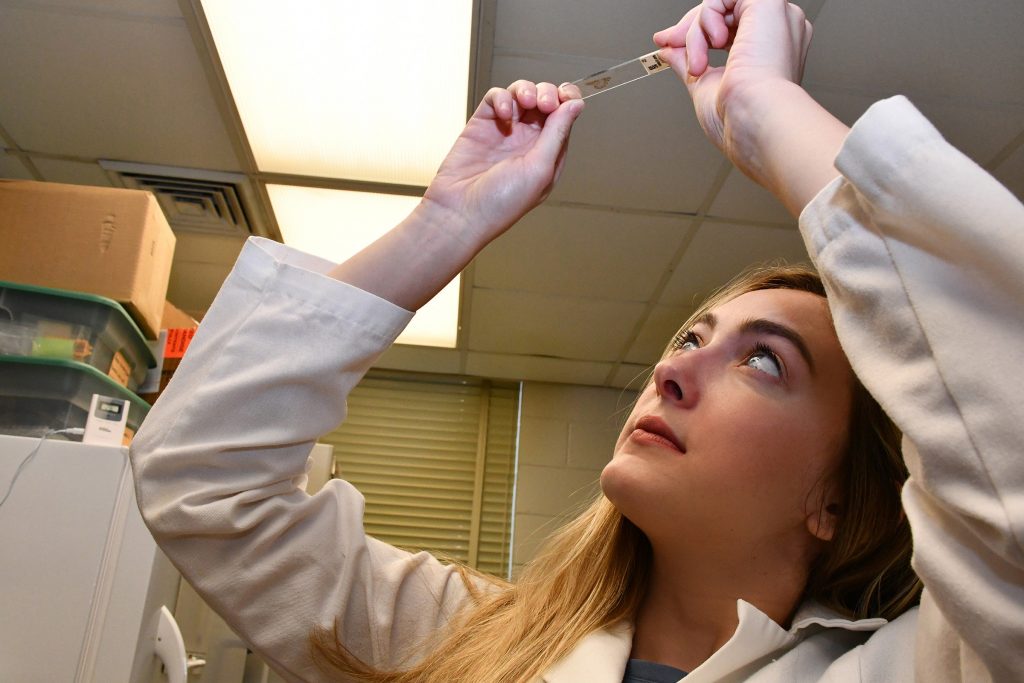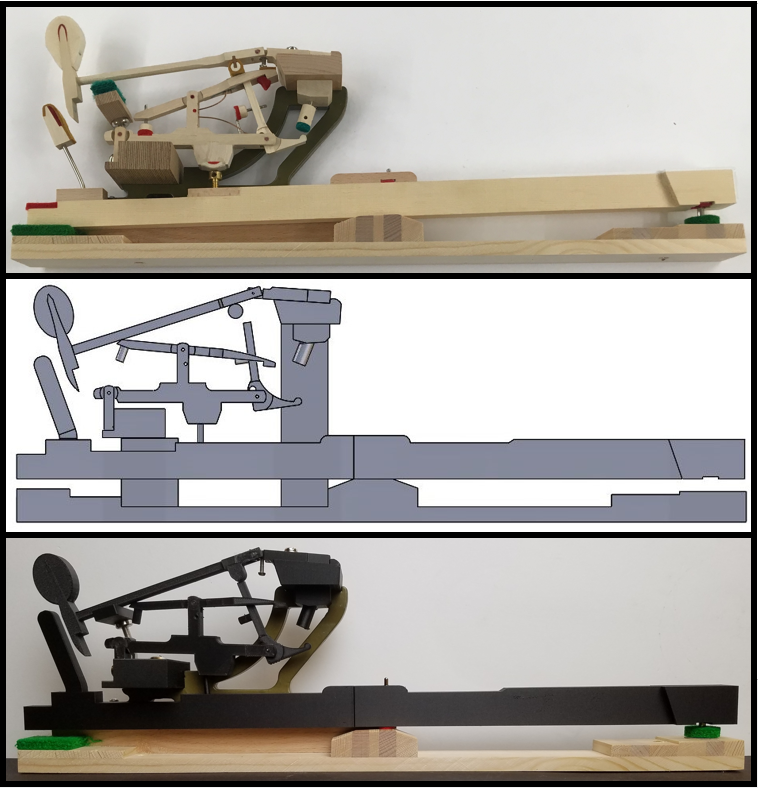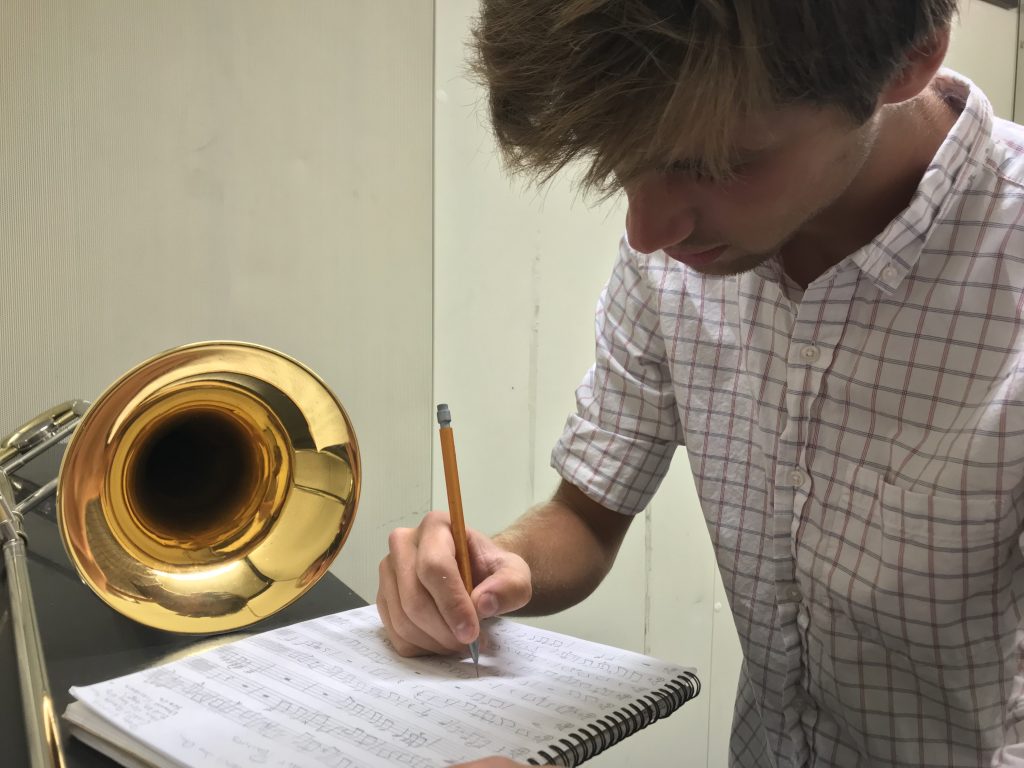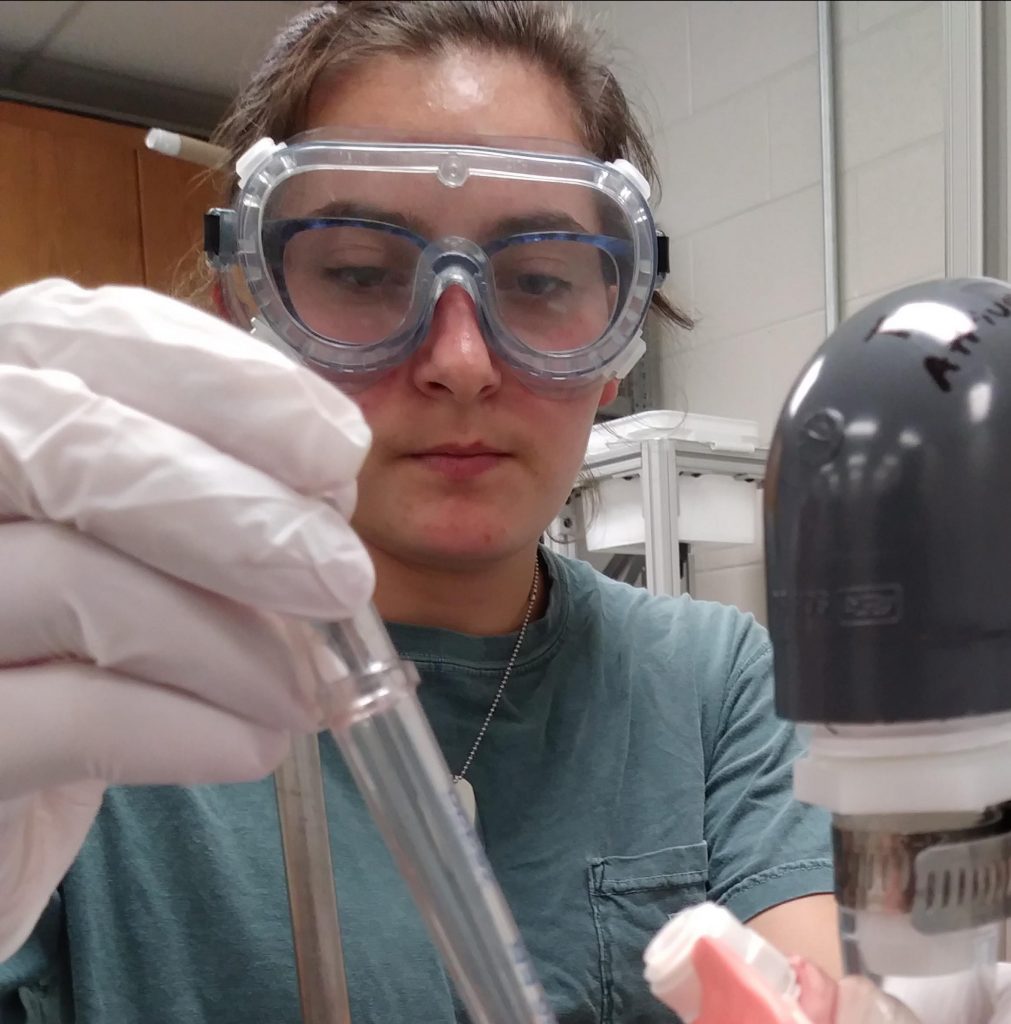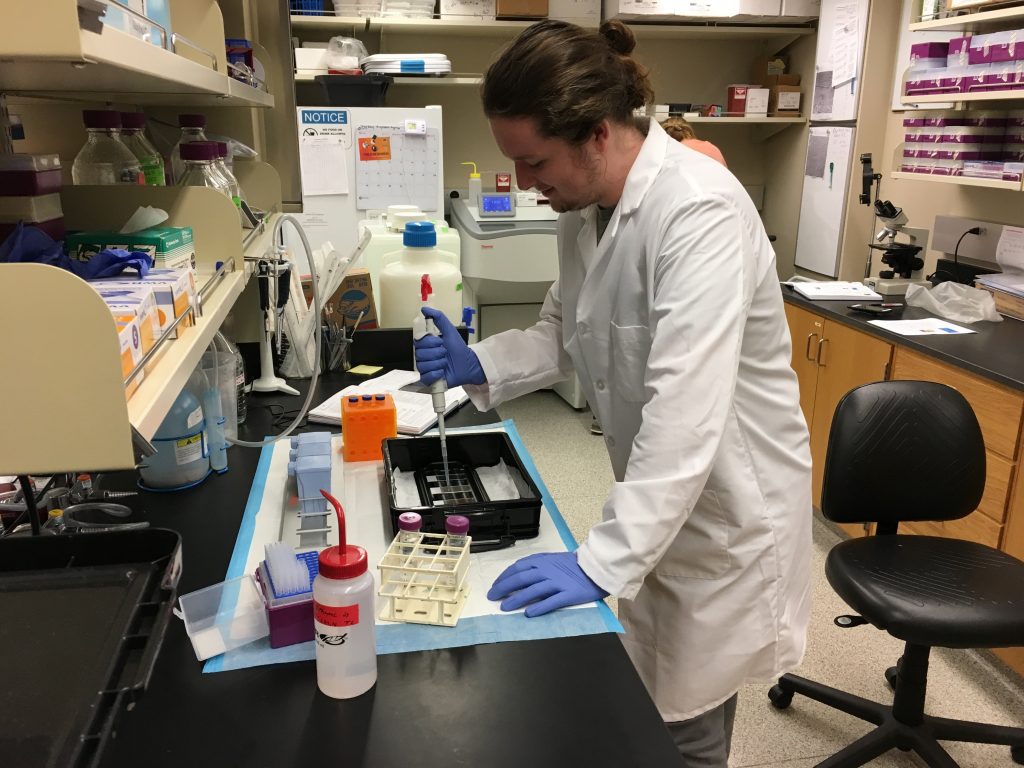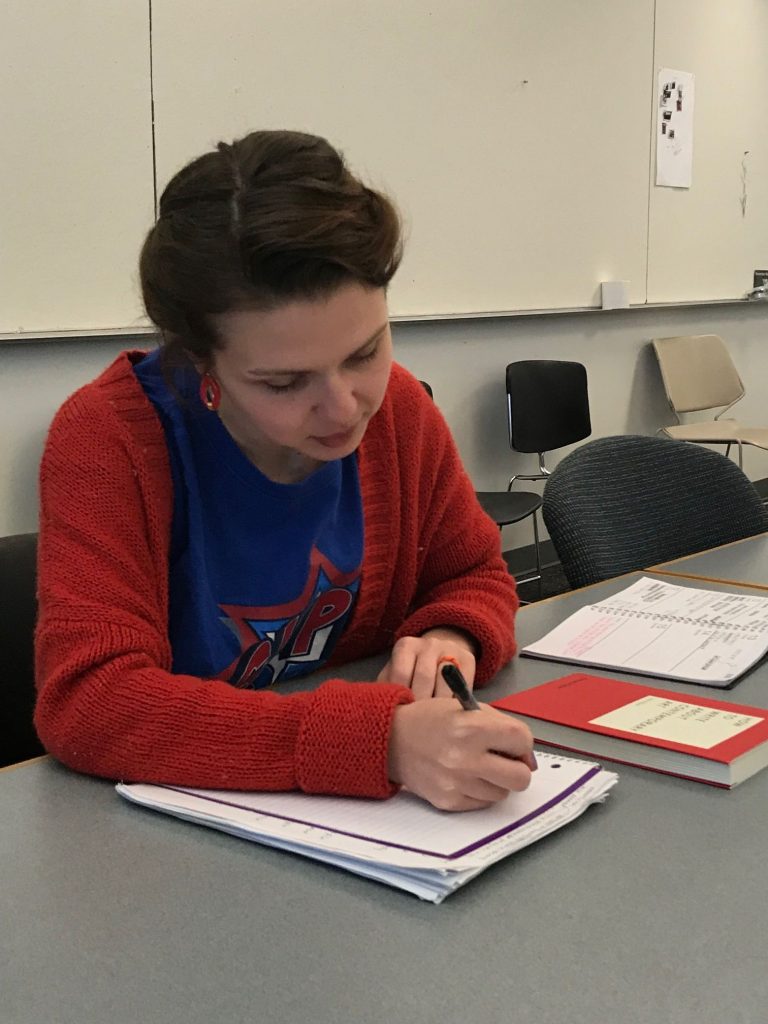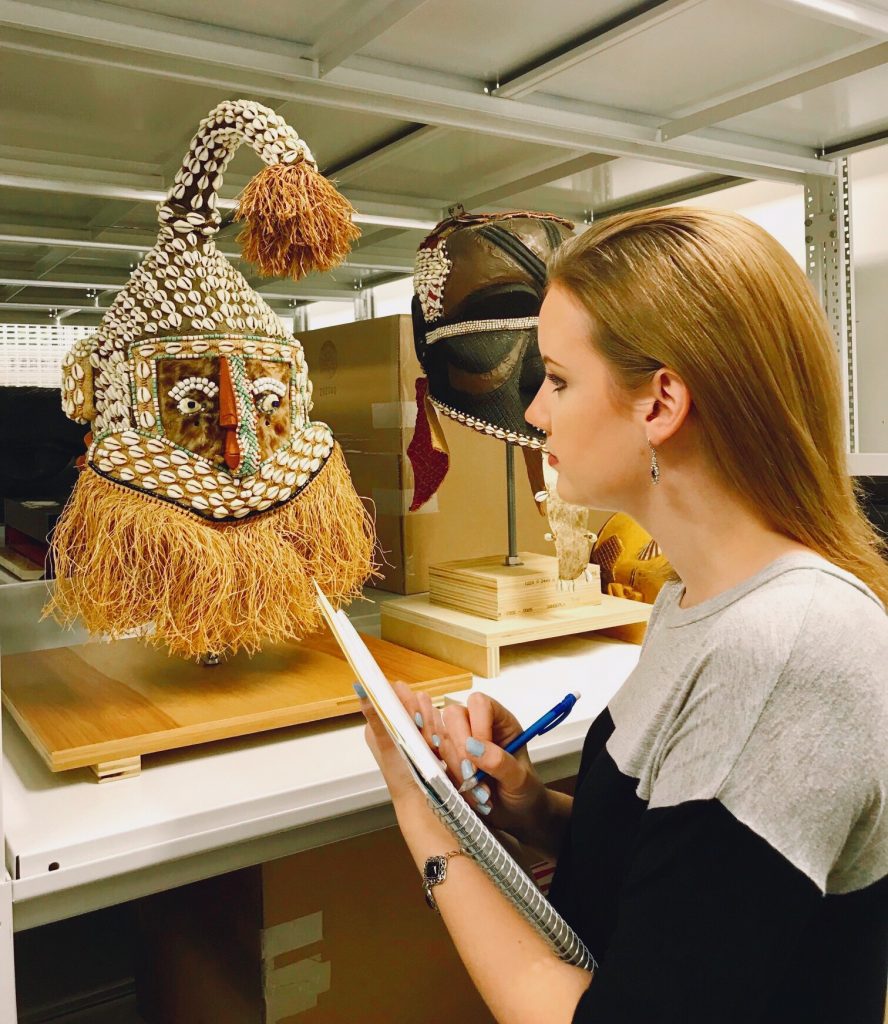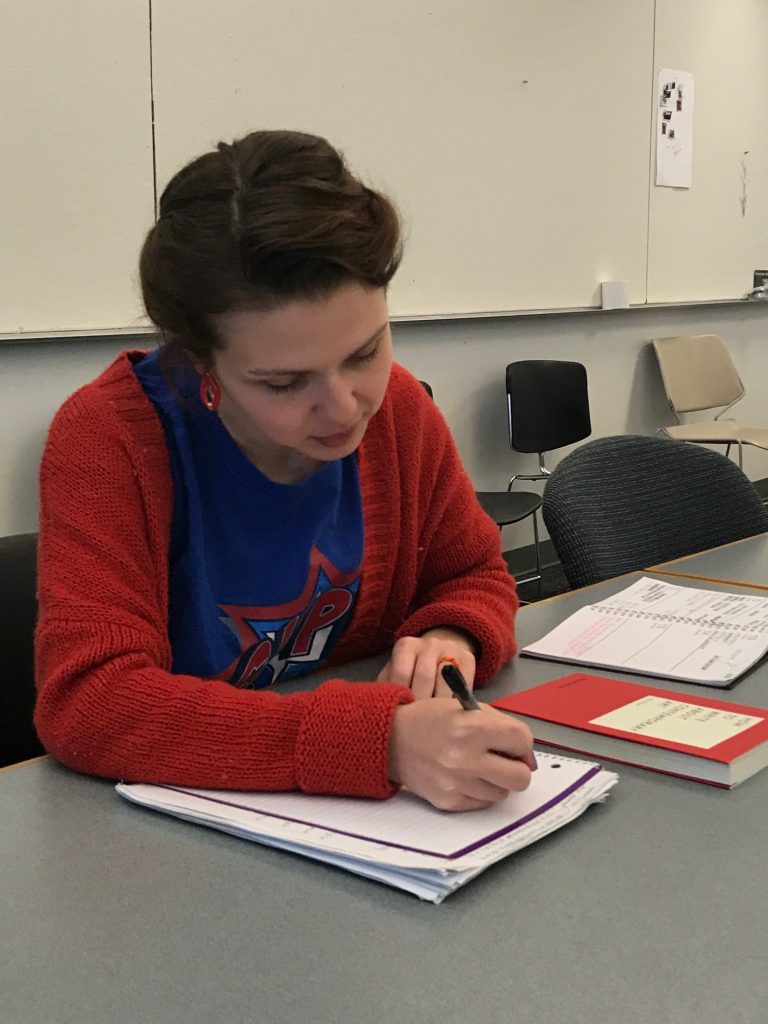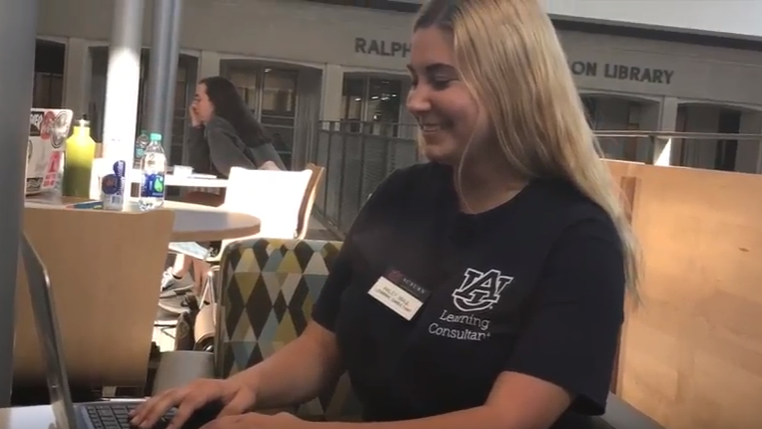Can severe neurodevelopmental abnormalities in cats be the result of a loss-of-function mutation in phosphoprotein enriched in astrocytes-15 (PEA15)? Kacie Florus, a senior majoring in Biomedical Sciences, is using her undergraduate research to answer this question. Florus studies how PEA15 may be involved in normal neurodevelopment by comparing the brains in normal cats (unaffected) to…Continue Reading Recently In Research- Kacie Florus
Recently In Research- Kacie Florus
